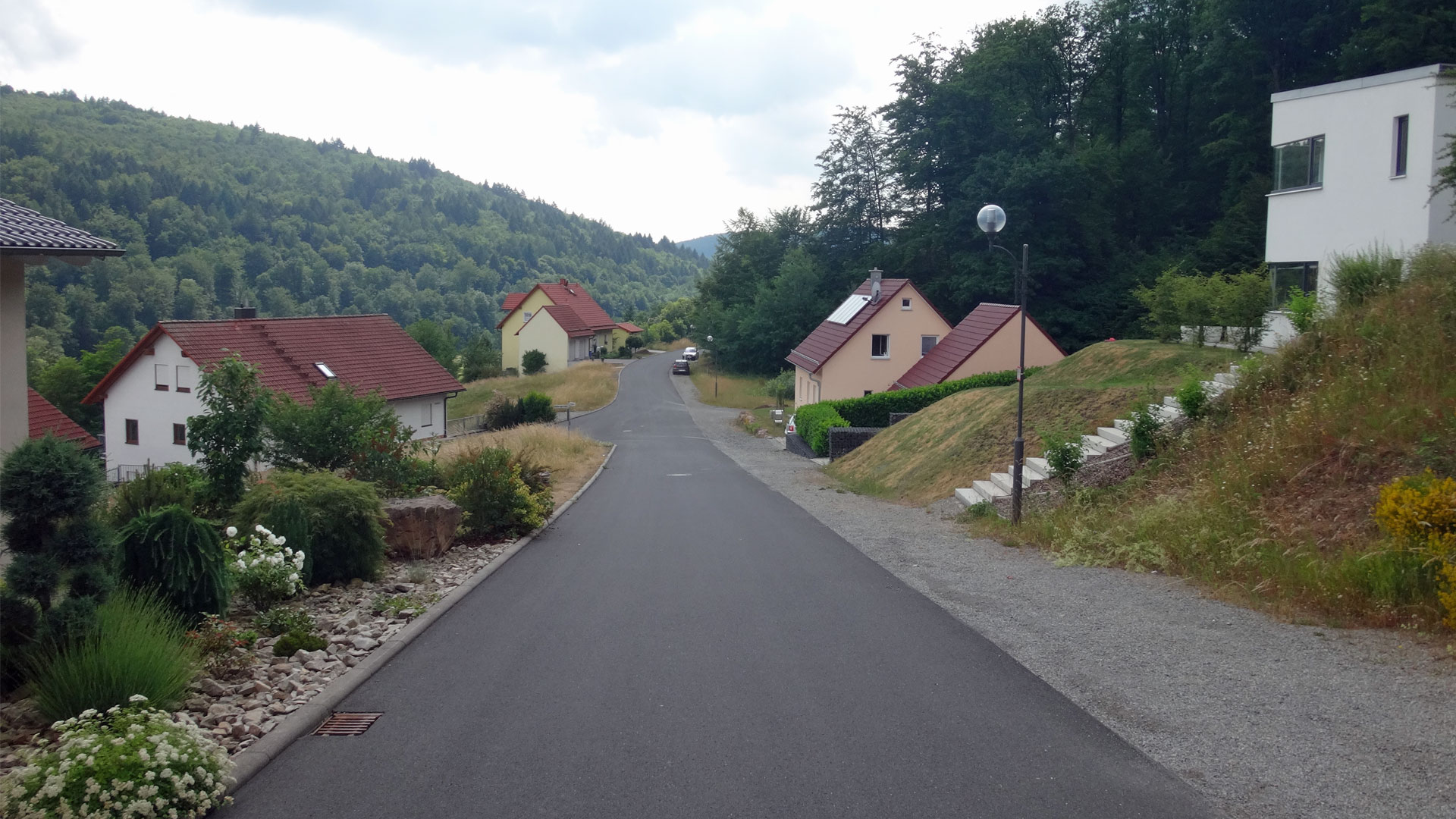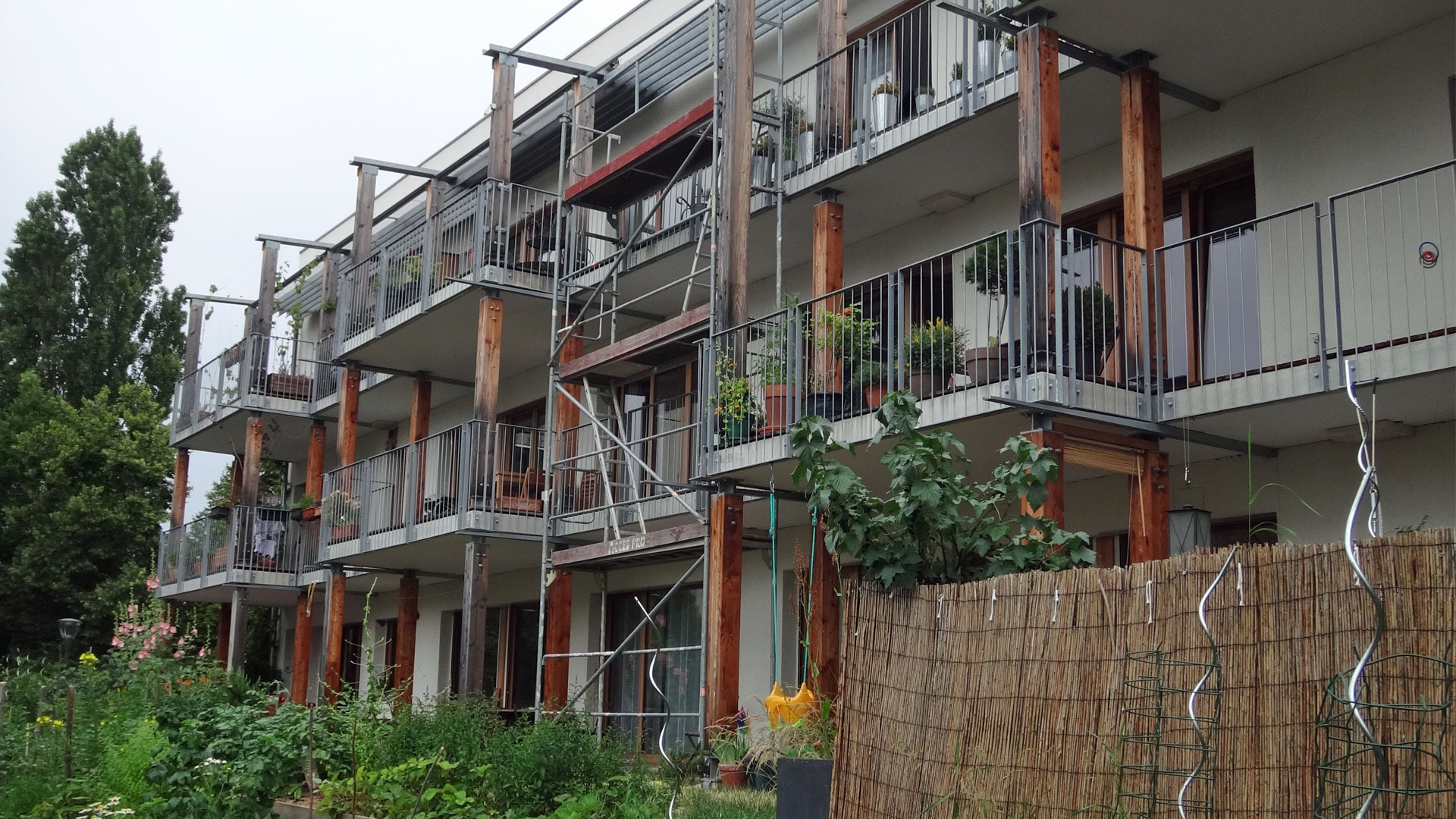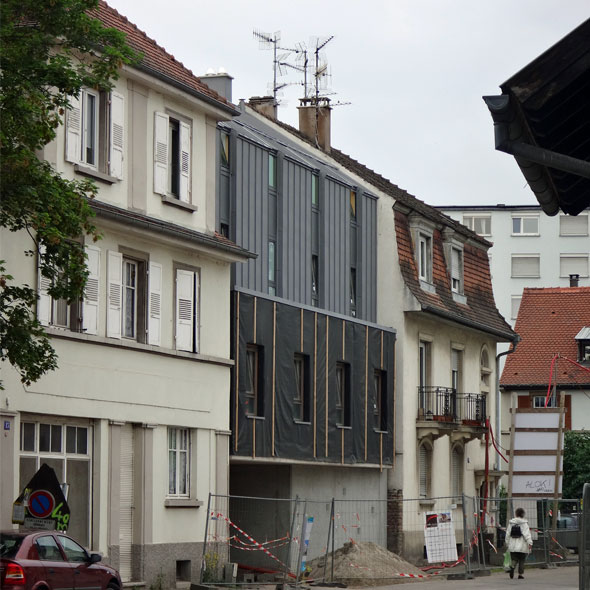We’ve just returned from a 1900 mile, five day marathon around The Netherlands, Belgium, France and Germany, where we saw around a dozen diverse projects and met with a range of expert community enablers, innovative town planners, custom build developers and politicians.
One of the striking things to emerge from the trip was the different approaches some countries are developing for group projects. For example, right across Germany there seems to be a real appetite for encouraging building groups (Baugruppen), with parcels of land specifically reserved for them, and hundreds of projects now built and occupied and many more in the pipeline.
German authorities see building groups as making a valuable contribution to local housing mix and as a way of enabling access to more affordable housing. They go out of their way to encourage groups by providing advice, facilitating their legal formation and setting out clear site disposal criteria when they sell land. They then select the group that most closely matches the Brief they have set for each site, and they typically give them 6-12 months (in an exclusivity clause/contract), to work up their ideas, secure whatever planning and building permissions they need, and arrange finance. Prices are fixed and there are strict build-out rules. Groups then commission contractors to build the homes. In Germany mortgages are readily available on group projects, so each of the occupants arranges a mortgage in advance, and as the building work progresses, payments are made to the contractor in stages via a building account administered by a nominated building manager or ‘process advisor’ (Baubetreuer) on behalf of the group. It’s a model that seems to work like clockwork, with very few defaults or groups that ‘falter’.
This same approach is gaining popularity in France (for example there are 17 projects on site in Strasbourg alone), and in Austria too.
Compare this to The Netherlands though. Here they do some collective projects this way, but increasingly they seem to focus more on selling plots to individuals, and they then encourage the buyers to work together to minimise construction costs. They reckon this is simpler and leads to a faster turnaround.
A good example is the Nieuw Leyden development. The site is in Leiden, Holland’s fifth biggest city, on land that used to be a giant abattoir. Here a special development corporation was established to build 800 diverse self/custom build homes. The land is mostly set out in blocks of 18 individual homes (nine terraced homes that go back to back with another terrace of nine), and each house has a footprint of just 6m x 15m.
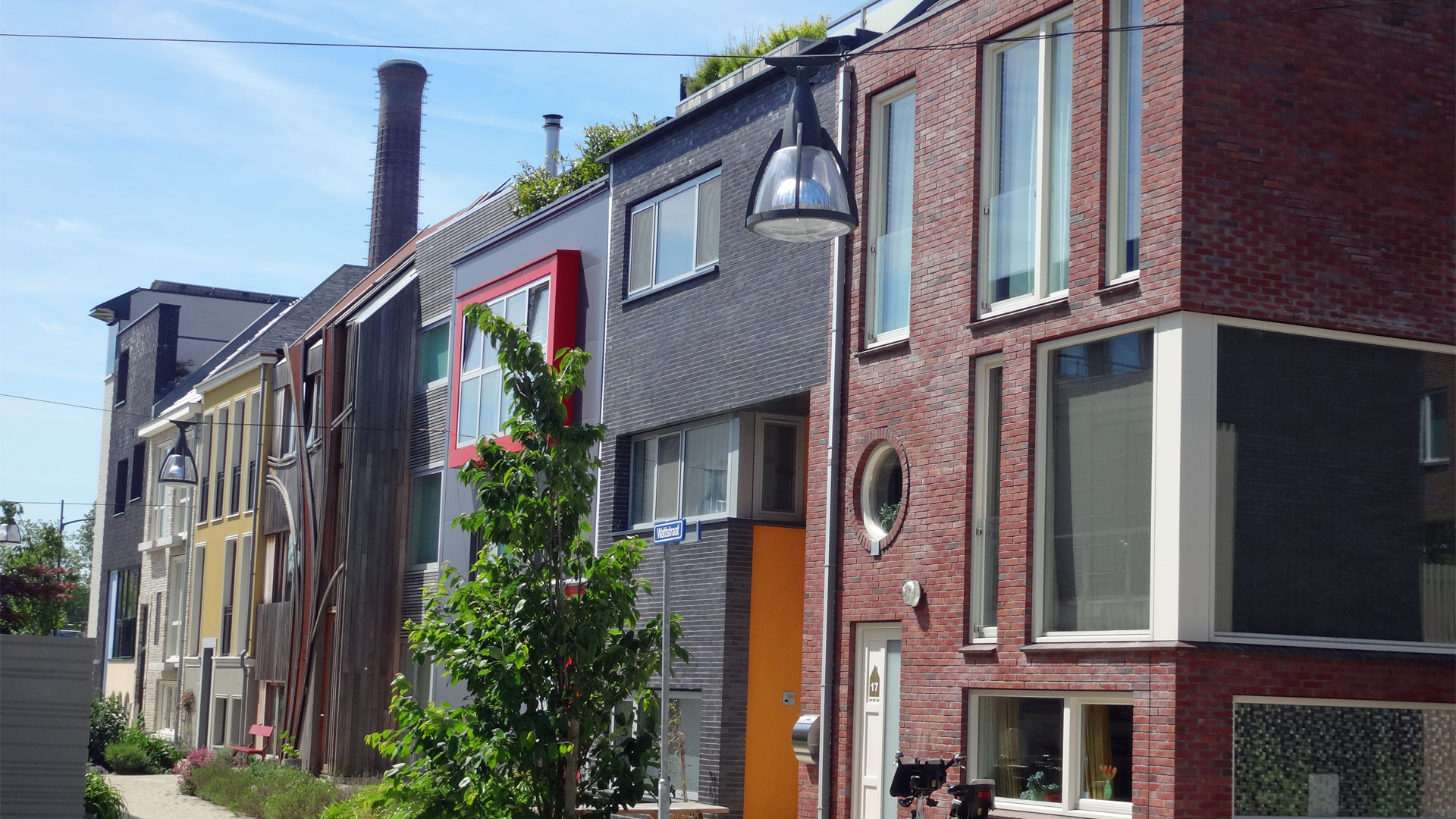
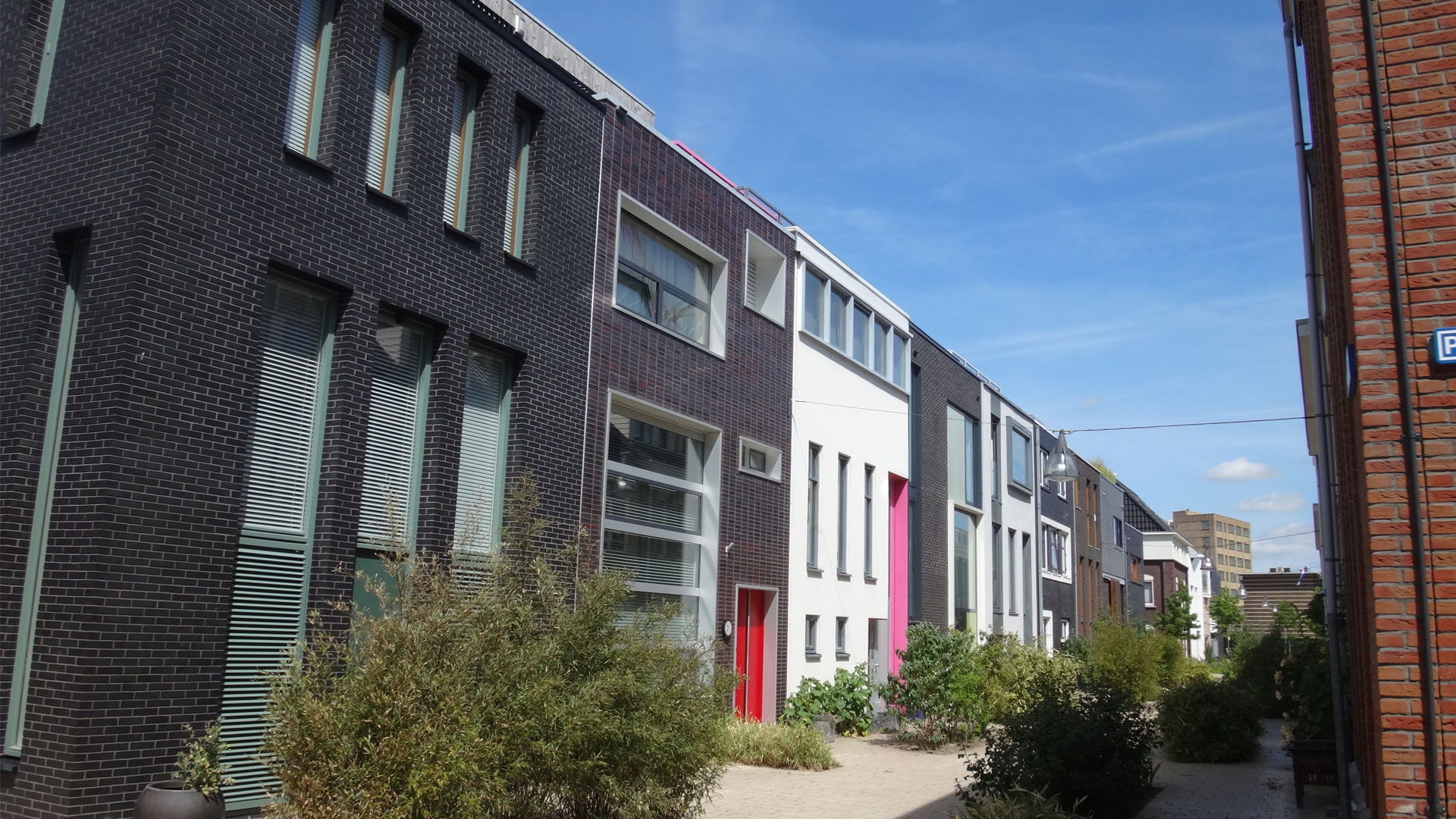
The corporation sells these compact plots for roughly £75,000 each, and when all 18 have been sold, they form the buyers into a group so they can co-ordinate the main structural construction work collectively. With this approach potential purchasers seem to get the best of all worlds – they have a totally personalized design for their own home, but then work as a group to build the basic structural shell and the shared garage that runs at ground level under the rear of all the homes.
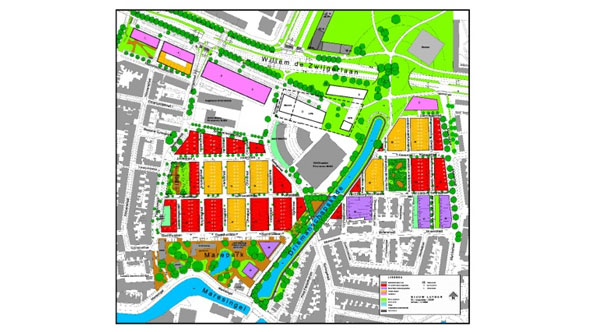
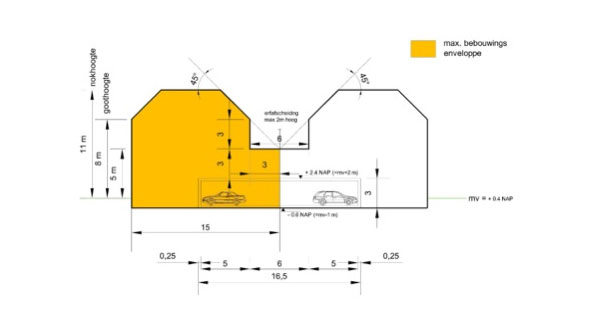
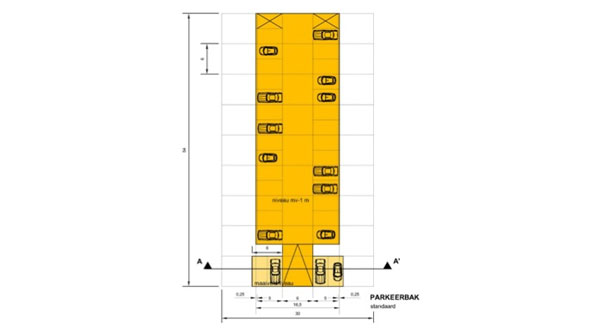
By co-operating the owners get a cost effective shell, and then fit this out themselves using their own contractors. They also work as a group to design the pedestrian street in front of their homes.
In Leiden it’s possible to build a good-sized three bedroom home for less than £200,000 (including the plot, and your proportion of the communal garage cost). The result is exceptional –people get an individual/bespoke home, it creates some fantastic urban design/place making, and it keeps the overall costs down too (as the plots are very compact, and by building together it is more cost effective).
In Leiden people buy, design and build their homes in about two years, arguably faster overall than the German baugruppen model. It should be pointed out, though that most of the Dutch projects are arranged as terraced homes, and the German model is usually in the form of apartment blocks, so its almost impossible to compare like with like.
What else did we discover on the latest trip?
- Two interesting collective custom build homes in Belgium – an innovative 14 home project in the centre of Brussels and a delightful rural scheme near Gent
- We discovered that France is beginning to catch up with its European neighbours, with projects now in the pipeline in many cities and Strasbourg leading the way
- We saw how low-cost serviced plots are delivered by small Councils in rural areas in Germany. And we were introduced to a new initiative under the EU Leader programme that encourages Councils to work with landowners to identify plots inside, rather than outside the built up area, to avoid greenfield land take. The project involves the creation of a land exchange facility at county level (Grundstücks- und Gebäudebörse) that helps match people who want to find a plot (in villages and towns) with the owners of ‘forgotten’ land or empty/derelict properties
- Freiburg is perhaps the most advanced in Germany (if not Europe) in how group projects can be supported – we were impressed by a major new development at Gutleutmatten that is specifically designed to help those on lower incomes by mixing tenures to bring forward high quality, energy efficient housing at pace
- In Tübingen we were really impressed by a recent project (Stadtquartier Alte Weberei) that provides a wide mix of self build opportunities at scale – for groups, individuals, medium earners and those on lower incomes
- We also gained an insight into the role of a group ‘process advisor’ – essentially they need to be very good at book-keeping, project management, negotiation and dispute resolution!
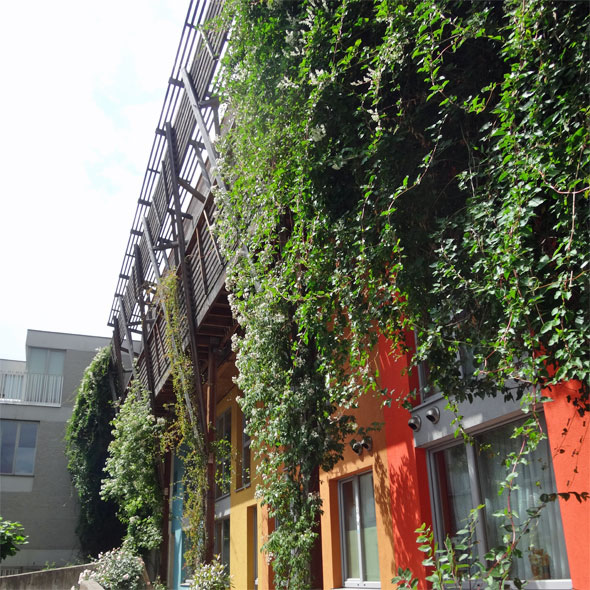
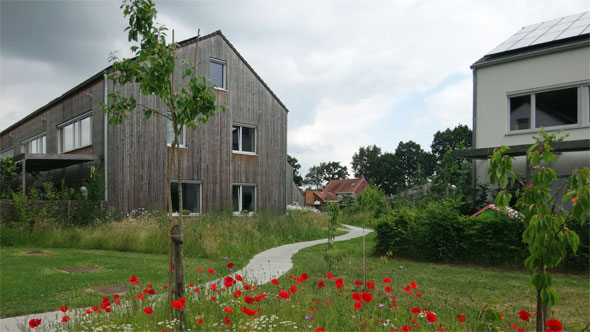
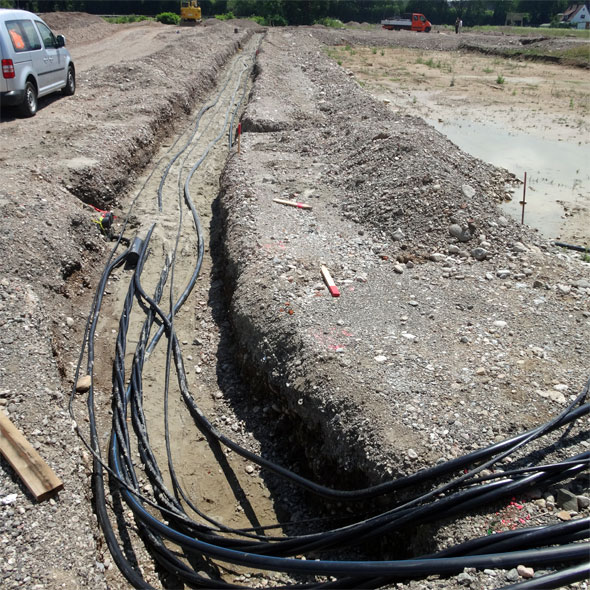
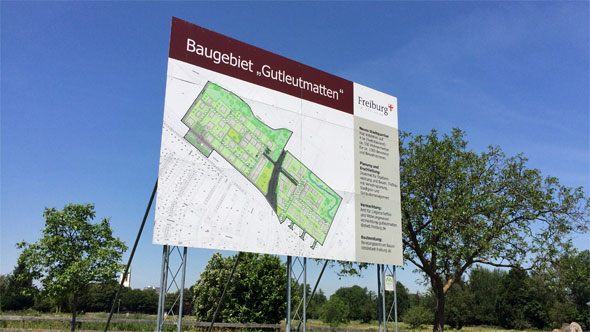
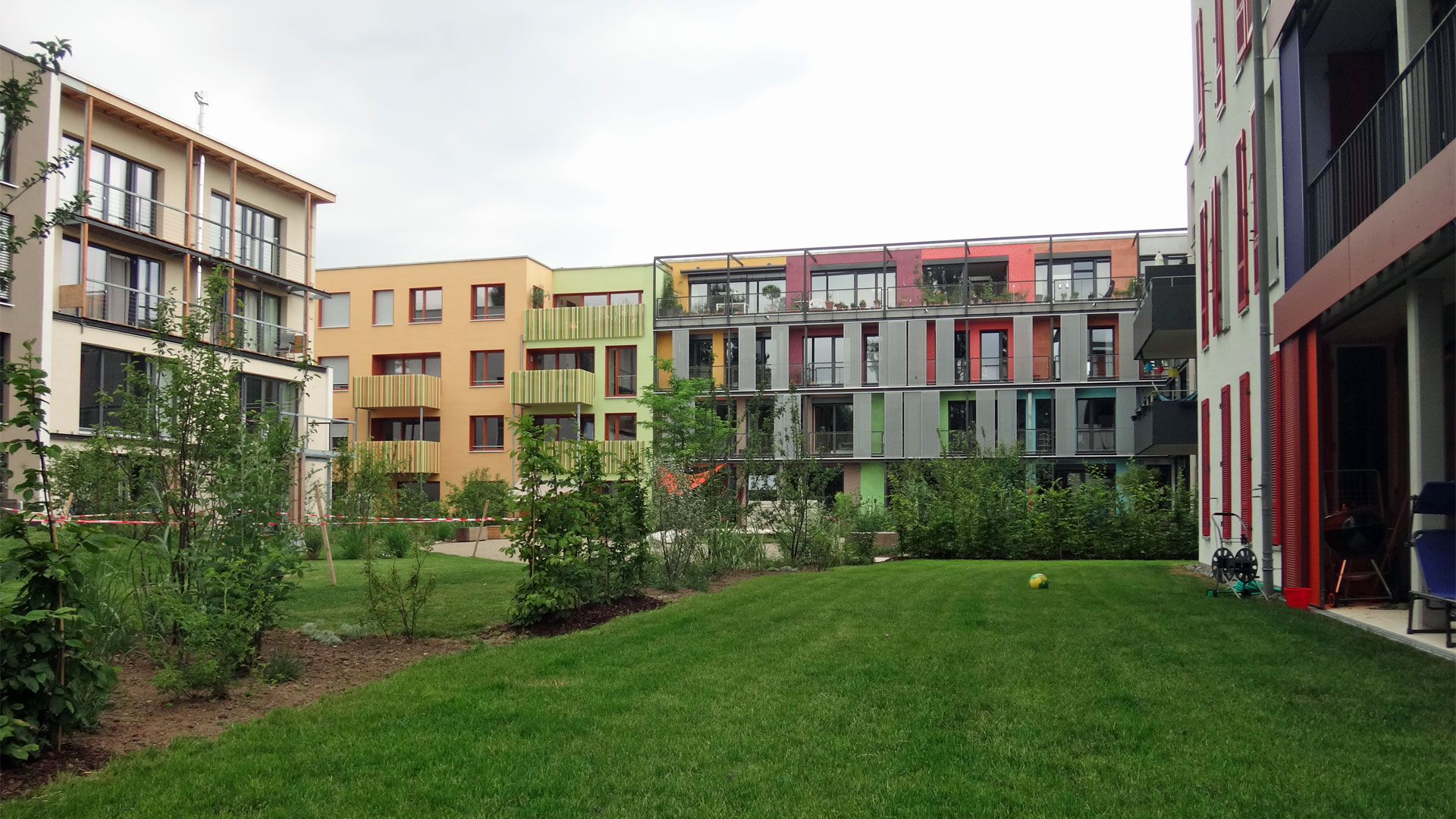
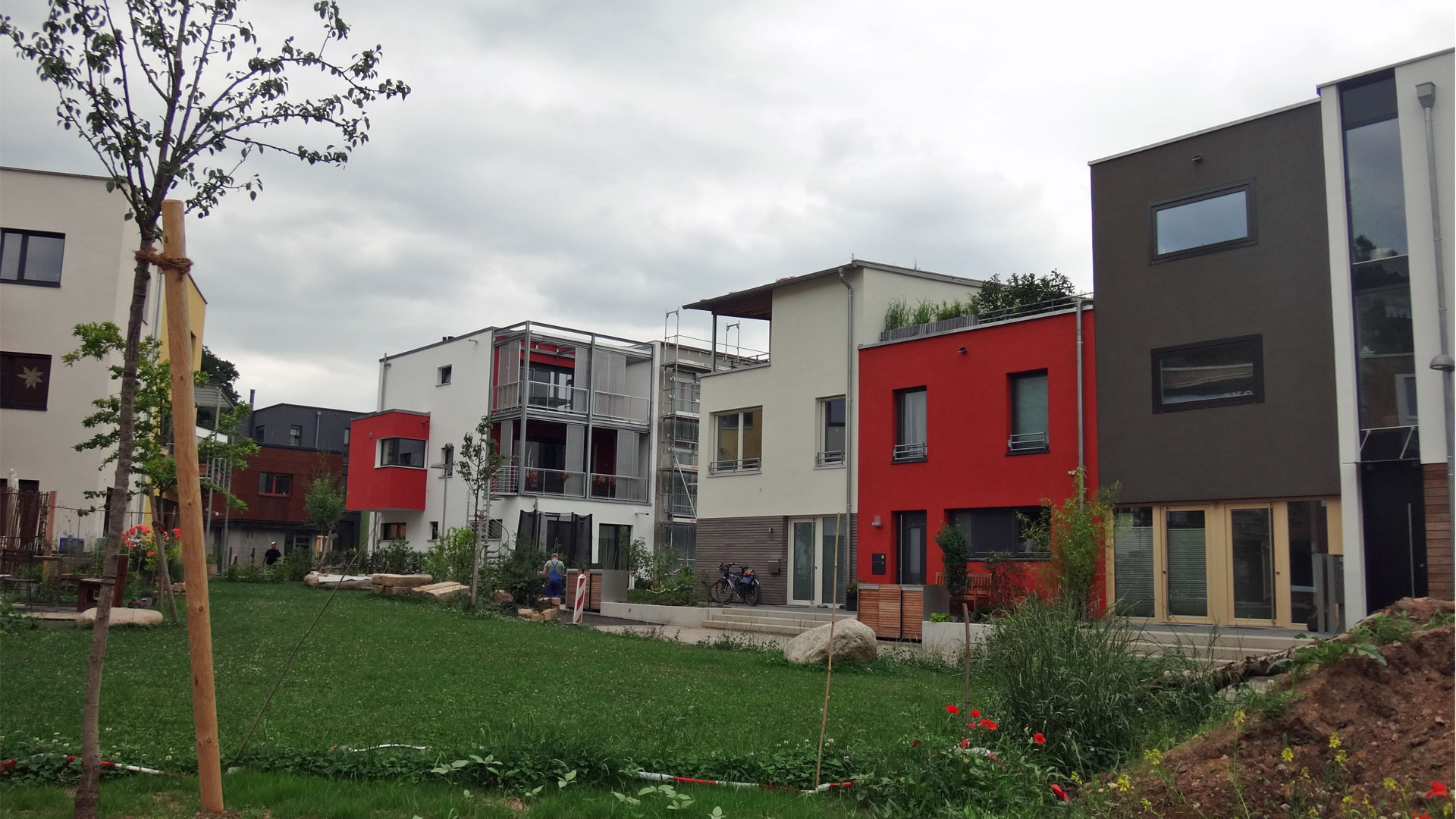
Over the next few weeks we’ll be writing up many of these projects for our Toolkit, which will be launched in the autumn.
And finally, keep your eyes peeled for a press release that we will be issuing shortly, which summarises the levels of action English local authorities are taking to support self and custom building.
